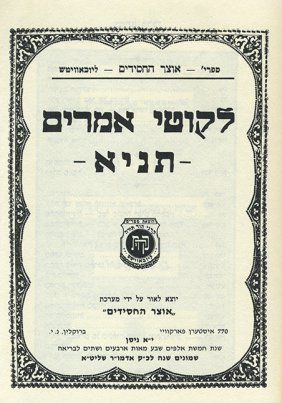Kesser/ Kotzo Shel Yud (the thorn on the yud)/ Hishtalshelus HaK’ssorim
Kesser means “crown” and is defined as: 1. The initial revelation of light after the tzimtzum. This means, the initial point where we’re no longer in essence or core, but in expression or extraversion. It is the skull, or cranium (from the word crown) relative to the brain. 2.Kesser creates, so to speak, something from nothing. Kesser takes the initial expression which is beyond recognition and brings it into a recognizable state. Imagine your mind is blank cleared of all…








